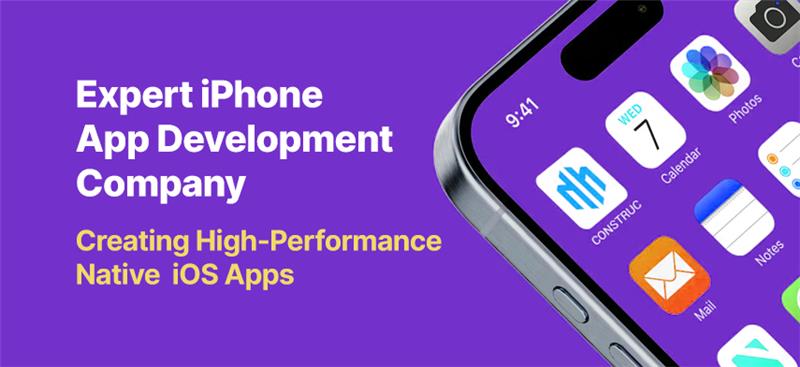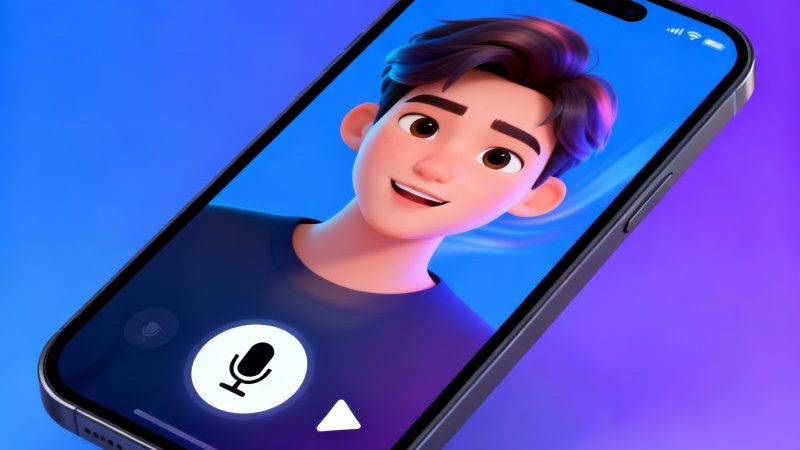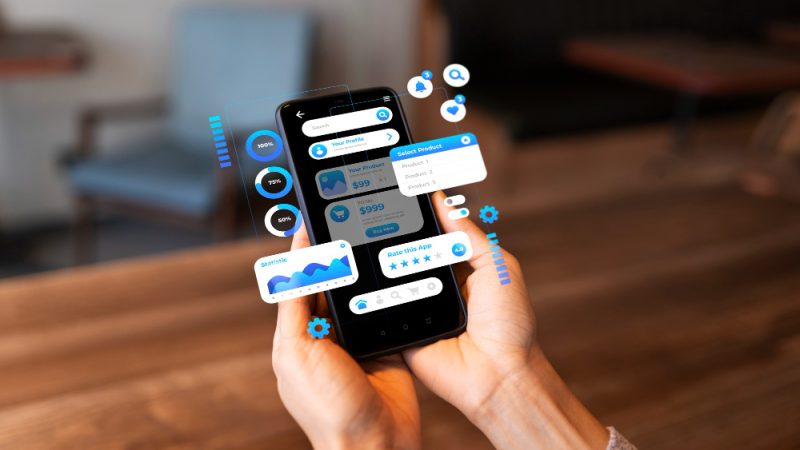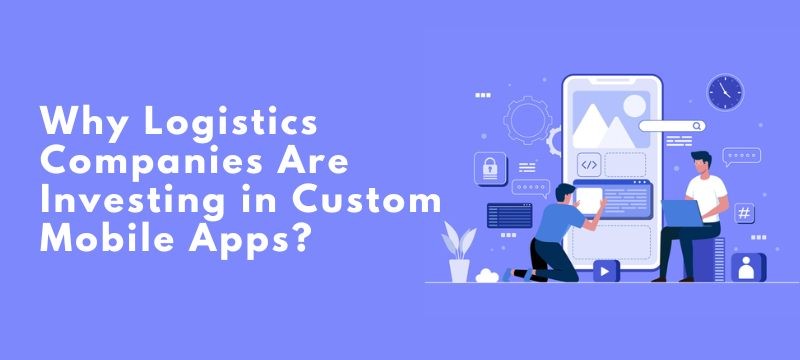Expert iPhone App Development Company Creating High-Performance Native iOS Apps

Introduction: The Power of Native iOS Apps
In a mobile-first world, iPhone apps set the bar for performance, design, and security. Businesses that hire an iPhone app development company tap into Apple’s sophisticated ecosystem. They deliver apps that feel fast, intuitive, and reliable. Native iOS development unlocks deep hardware integration—from smooth animations to advanced camera controls. It also ensures top-notch security and seamless App Store distribution.
Choosing the right partner matters. A skilled iOS team understands Swift, UIKit, SwiftUI, and Apple’s Human Interface Guidelines. They know how to leverage iOS capabilities—push notifications, in-app purchases, HealthKit, and SiriKit—to engage users. And they guide you through every phase: planning, design, development, testing, launch, and post-release support. In this guide, we’ll explore why native matters, how to pick the best iPhone application development company, and what to expect from a top-tier partner.
Why Native iOS Development Works
1. Peak Performance and Reliability
Native apps run compiled Swift code directly on the device. This yields faster load times, smoother navigation, and better responsiveness than hybrid alternatives. Users enjoy flawless animations and real-time data updates without lag or jank.
2. Seamless User Experience
iOS users expect familiar patterns. Native development adheres to Apple’s design language—standard controls, gestures, and layouts. This consistency builds trust and lowers the learning curve. Your app feels at home on every iPhone and iPad.
3. Full Hardware Access
From ARKit to Core ML, native code taps into powerful frameworks. You can create immersive AR features, on-device machine learning, and sophisticated camera filters. Native access also means battery-efficient background tasks and precise GPS tracking.
4. Enhanced Security and Compliance
Apple’s sandboxing and code-signing protect user data and intellectual property. Native apps can use Face ID/Touch ID for secure authentication and integrate with Keychain for encrypted storage. This makes them ideal for finance, healthcare, and enterprise solutions.
5. Easy App Store Integration
Native projects follow Apple’s submission guidelines. Your iPhone app development company handles provisioning profiles, certificates, and TestFlight distribution. They optimize metadata—app name, descriptions, screenshots, and keywords—to boost discoverability.
Core Services from a Top iPhone Application Development Company
1. Strategy & Planning
- Market & User Research: Conduct surveys, focus groups, and competitive audits to validate assumptions and refine feature sets.
- Architecture Workshops: Define scalable, modular app architectures (MVC, MVVM, VIPER) and micro-services integrations.
- Roadmap & Milestones: Break the project into epics and sprints, with clear deliverables, success metrics (KPIs), and risk-mitigation plans.
2. UX/UI Design
- Design Systems: Build reusable component libraries (color palettes, typography, icon sets) that ensure consistency across screens.
- Accessibility & Inclusivity: Integrate VoiceOver support, Dynamic Type, contrast checks, and WCAG compliance from the start.
- Interactive Prototypes: Test realistic flows on devices using InVision or Figma Mirror, capturing user feedback before development.
3. Native Development
- Modular Codebases: Organize features into independent frameworks to speed up parallel development and testing.
- Continuous Integration (CI): Automate builds, code linting, unit tests, and static analysis using Jenkins, Bitrise, or GitHub Actions.
- Performance Optimization: Profile CPU, memory, and network usage with Instruments; implement lazy loading, image caching (SDWebImage), and background fetch.
4. Quality Assurance
- Automated Testing: Expand beyond unit/UI tests to include fuzz testing, API contract tests, and UI snapshot tests (iOSSnapshotTestCase).
- Manual Exploratory Testing: QA engineers simulate edge cases (poor network, low battery, interruptions) on real devices and across OS versions.
- Security & Compliance Audits: Conduct SAST (e.g., SonarQube), DAST, and manual penetration tests; ensure GDPR, HIPAA, or PCI-DSS compliance as needed.
5. Deployment & Maintenance
- App Store Strategy: A/B test icons, screenshots, and descriptions with tools like TestFlight and StoreMaven to improve conversion rates.
- Crash & Analytics Monitoring: Integrate Crashlytics, Sentry, or New Relic; set up custom dashboards in Firebase or Mixpanel for real-time insights.
- Version Planning: Establish a cadence for major releases, hotfixes, and deprecations; align with Apple’s annual WWDC schedule to adopt new APIs early.
Deep Dive: Advanced Native Capabilities
● App Clips & Instant Experiences
Offer lightweight, on-demand snippets of your app via NFC tags, QR codes, or Safari banners. Perfect for quick actions like ordering coffee, joining loyalty programs, or scanning parking passes, without a full install.
● HomeKit & IoT Integration
Control and automate smart-home devices directly from your app (lights, thermostats, locks). Use HomeKit Accessory Protocol (HAP) to ensure secure pairing and encrypted data exchange.
● Background Processing & Notifications
Implement Background Tasks (BGTaskScheduler) for content refreshes, location-based triggers, and HealthKit deliveries. Combine PushKit VoIP pushes with CallKit for seamless incoming-call experiences.
● Swift Concurrency & Structured Concurrency
Leverage async/await and TaskGroups to write clearer, deadlock-free asynchronous code. This reduces callback hell and simplifies parallel network requests or database operations.
● CarPlay & WatchOS Extensions
Extend app functionality to car dashboards and Apple Watch. Build simplified interfaces, glanceable complications, and Handoff support to create a continuous cross-device experience.
● Advanced Core ML Pipelines
Chain multiple ML models on device, for example, run an object detector, feed results into a sentiment classifier, and trigger context-aware UI changes, all without server round-trips.
● Spatial Audio & Haptics
Integrate AVAudioEngine for immersive, 3D soundscapes. Use Core Haptics to craft custom vibration patterns that reinforce on-screen actions and improve accessibility feedback.
How to Choose the Right iPhone App Development Company
1. Technical & Domain Expertise
- Framework Mastery: Confirm hands-on experience with the latest iOS frameworks: SwiftUI, Combine, RealityKit, and Vision.
- Cross-Platform Insight: Even if you need native, a partner familiar with Flutter or React Native can advise on hybrid vs. native trade-offs.
- Industry Know-How: Look for case studies in your sector—fintech, healthtech, eCommerce—to ensure they understand your compliance and UX nuances.
2. Development Process & Transparency
- Agile Rituals: Ensure they hold sprint planning, daily stand-ups, and retrospectives. Ask to see sample sprint backlogs and burndown charts.
- Communication Cadence: A good partner schedules weekly demos, delivers status reports, and maintains an active project board in a tool you prefer.
- Issue-Tracking Discipline: Check that bugs and feature requests flow through a centralized system (JIRA, Trello) with clear priorities and SLAs.
3. Security, Privacy & Compliance
- Secure Development Lifecycle: Verify they perform threat modeling, code signing, and certificate management.
- Data Protection Policies: Ask for details on encryption methods, key storage, and third-party SDK audits.
- Regulatory Certifications: For sensitive apps, confirm ISO 27001, SOC 2, or HITRUST compliance where required.
4. Cultural Fit & Collaboration
- Team Workshops: Do they run design or architecture workshops on-site or via video?
- Value Alignment: Discuss their approach to work–life balance, feedback culture, and how they celebrate milestones.
- Long-Term Partnership: Gauge their interest in ongoing product evolution, not just one-off projects.
5. Value & Cost Structure
- Flexible Engagement Models: Hourly, dedicated teams, fixed-price, or outcome-based pricing—choose what fits your risk tolerance.
- Total Cost of Ownership: Factor in maintenance, licensing, and cloud costs, not just the initial development fee.
- ROI Focus: The best partners help you define business metrics (retention, ARPU, conversion) and align dev efforts to drive those KPIs.
Conclusion: Elevate Your Brand with Native iOS Excellence
Native iOS apps deliver unmatched performance, integration, and user trust. By partnering with the right iPhone app development company, you ensure your app leverages Apple’s full potential. From hardware-driven features to seamless App Store launches, native development sets the foundation for long-term success.
A top-tier iOS partner guides you through strategy, design, coding, and maintenance. They embed advanced capabilities, AR, Core ML, and HealthKit, and uphold Apple’s security and usability standards. With transparent processes, cultural alignment, and ongoing support, they become a trusted extension of your team.
In the competitive app market, native excellence isn’t optional; it’s essential. Invest in a dedicated iPhone app development company to create experiences that delight users, drive engagement, and showcase your brand at its best.






